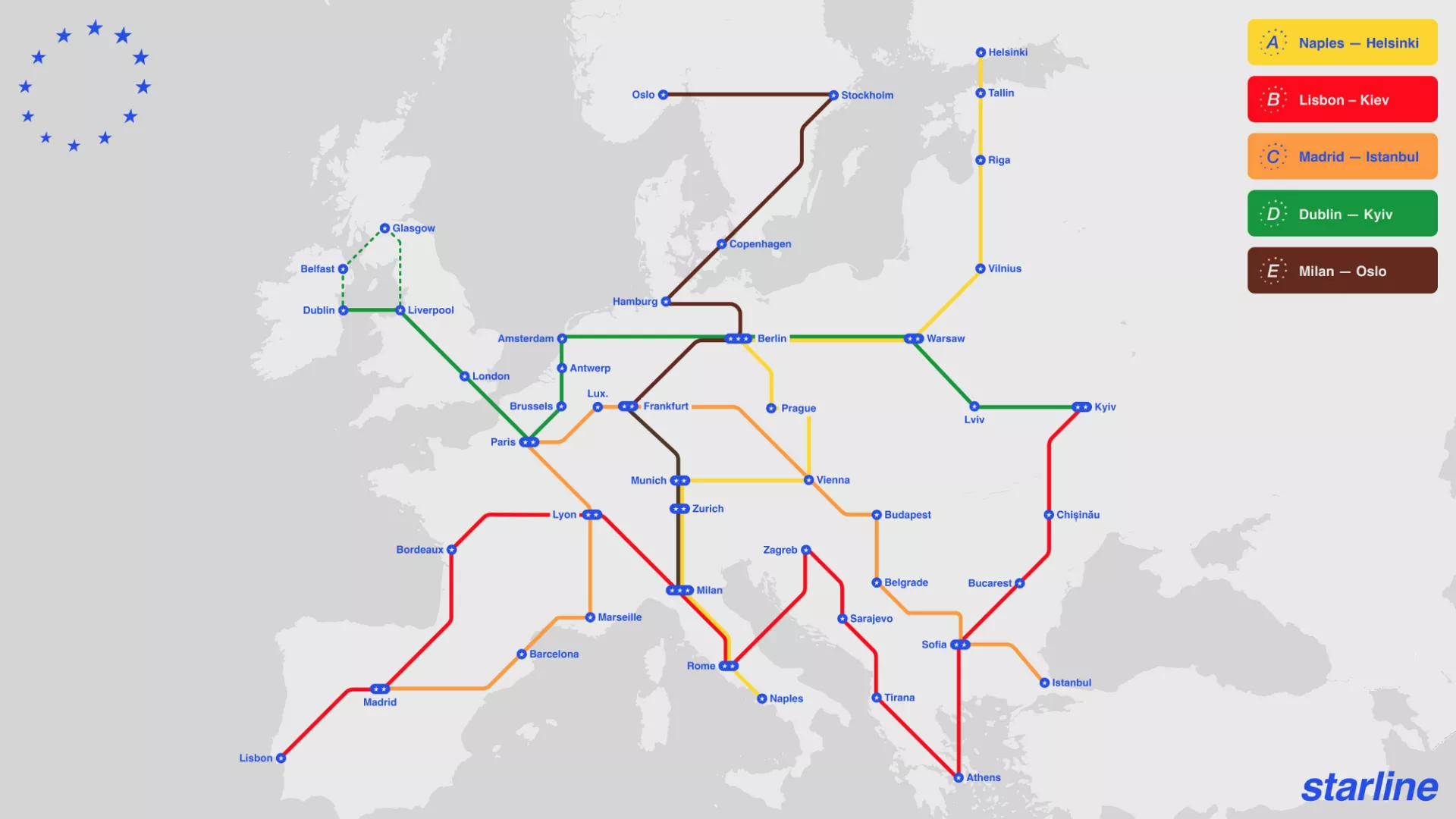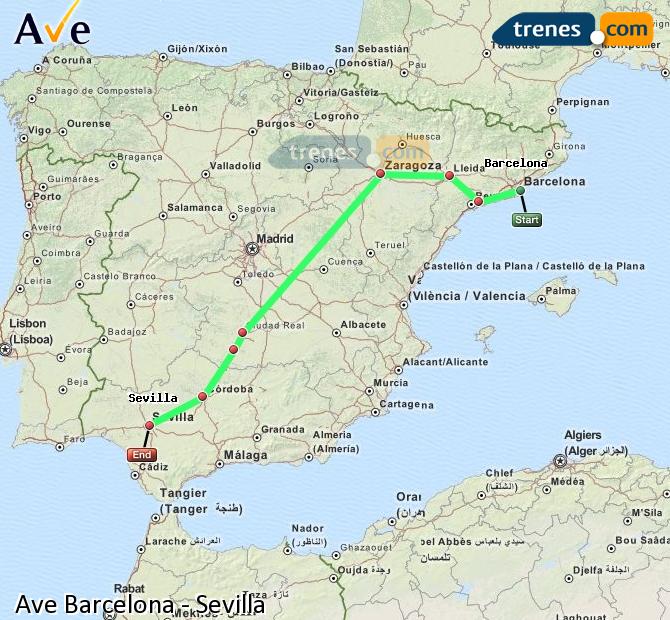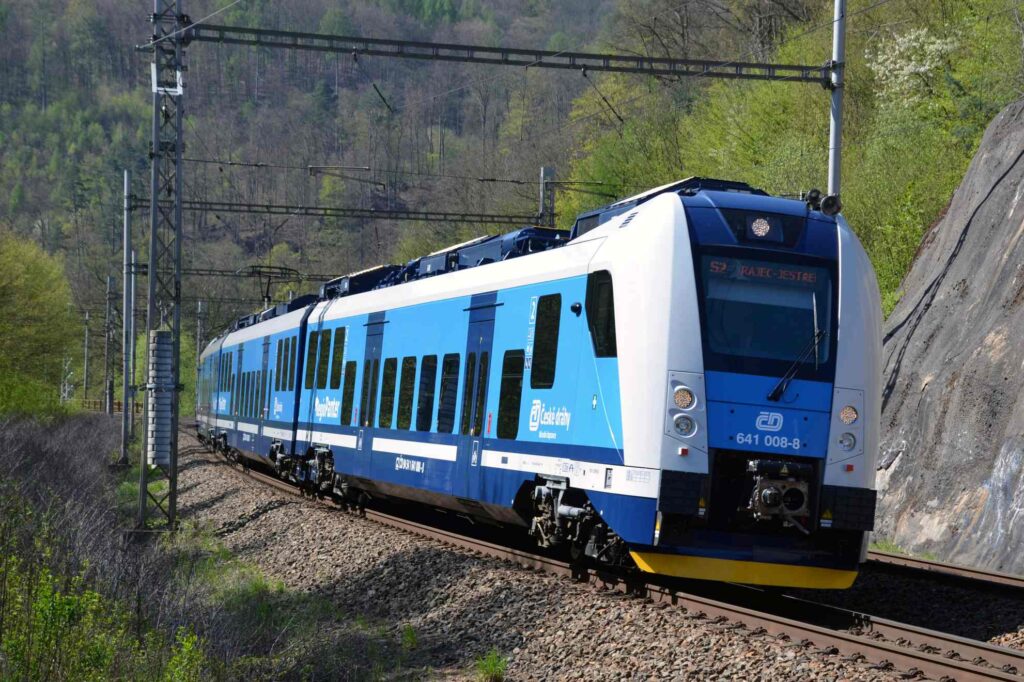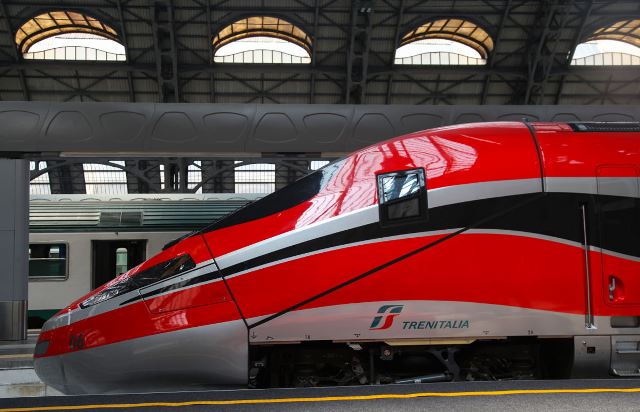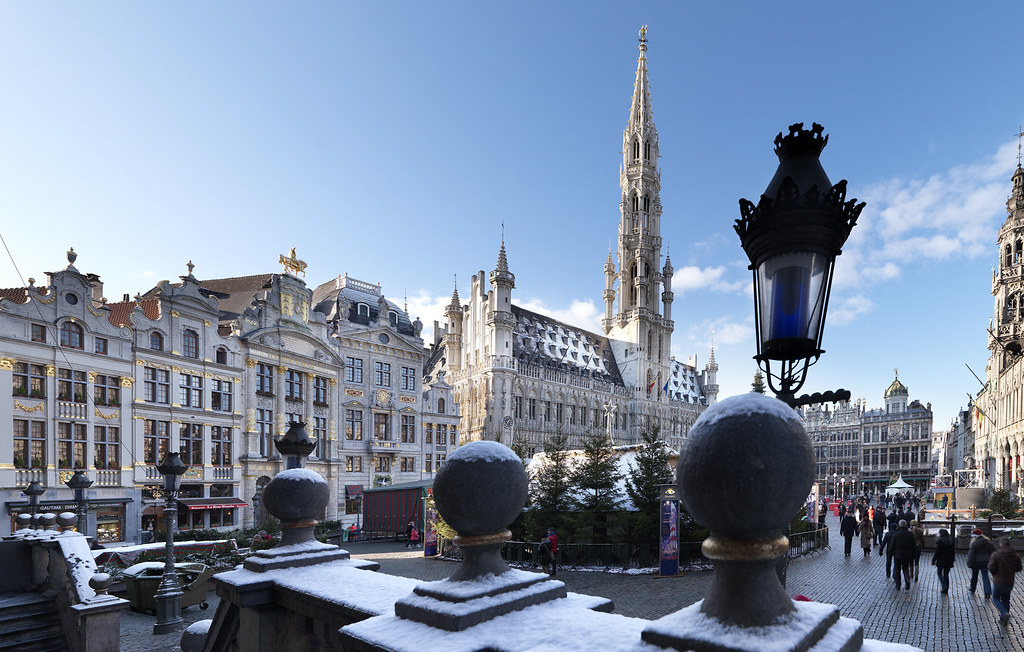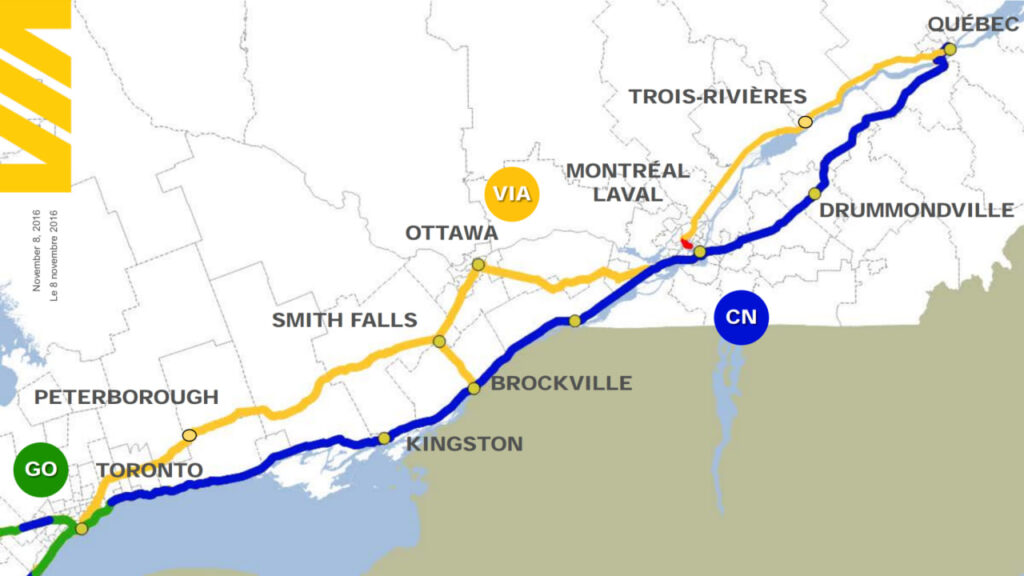A transformative rail network is coming to Europe, one that promises to revolutionize how we travel across the continent. 21st Europe’s ambitious plan to connect 39 major cities with a high-speed rail system is poised to drastically cut travel times, offering a seamless, fast, and sustainable alternative to current travel methods.
The new rail network is set to operate trains at speeds of 300 to 400 km/h, significantly faster than current road or rail options. With trains running at these speeds, passengers could travel from Helsinki to Berlin in just over five hours, a journey that currently takes the better part of a day. The plan envisions making the once-tedious overnight trip from Kyiv to Berlin an effortless, punctual journey. Milan to Munich, known for its slow and winding routes, would become a frequent, high-speed connection linking major economic centers.
The trains will be part of a bold new system under the Starline brand, featuring distinct deep blue livery. Unlike traditional trains that segregate passengers by class, Starline’s carriages will cater to different needs, with designated quiet zones for work, family-friendly sections, and spaces for socializing and relaxation. This design aims to enhance the travel experience by ensuring that every passenger has a space suited to their preferences.
The stations will not just be transport hubs but cultural centers, offering much more than just a waiting area. Each station will be equipped with shopping centers, restaurants, and comfortable waiting spaces. Travelers can expect to find concert halls, museums, and even sports venues at these stations, creating an environment that combines travel with leisure and culture. This vision aligns with the goal of providing more than just a trip from one city to another but a multi-faceted experience for passengers.
Additionally, these stations will be built just outside major cities, with easy connections to urban transport systems. This design allows for smoother transitions from train travel to local transport, making it more convenient for passengers to reach their final destinations, whether for business or leisure.
This high-speed rail initiative is part of a broader push to create an integrated European transport network, one that reduces reliance on road travel while promoting sustainability and convenience. With travel times drastically reduced, this system could open up new opportunities for both tourism and business. It promises a future where crossing borders in Europe is not only faster but also more enjoyable.


